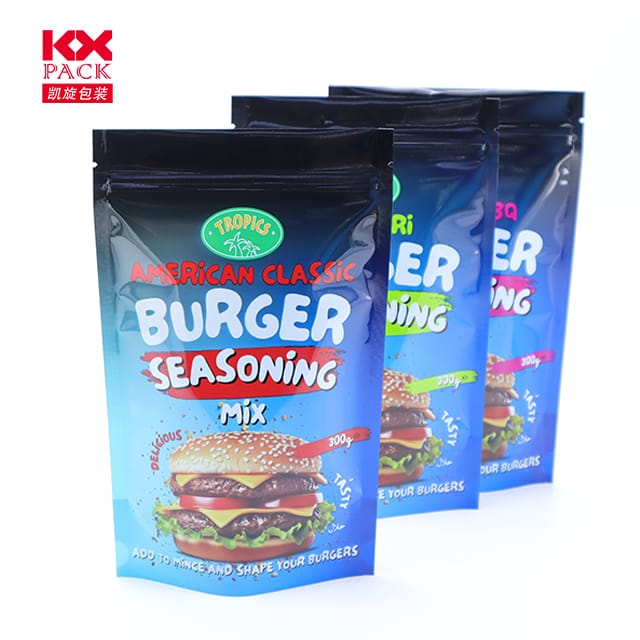プラスチック包装フィルムの役割と未来: ユーティリティと持続可能性のバランス
プラスチック包装フィルム
導入
In a world where convenience and preservation are paramount, プラスチック包装フィルム has become an ubiquitous presence. 新鮮な農産物から電子機器まで, この汎用性のある材料は商品を保護します, 貯蔵寿命を延ばします, サプライチェーンを合理化します. まだ, その環境への影響は、世界的な議論を引き起こしました. この記事では、プラスチック包装フィルムの多面的な役割を探ります, そのアプリケーション, 課題, and the path toward sustainability.
1. The Versatility of Plastic Packaging Film
Plastic films are engineered for diverse purposes, 適応性のおかげです:
- Types of Films:
- PE (ポリエチレン): フレキシブル, 軽量, and ideal for food packaging.
- PP (ポリプロピレン): Heat-resistant, used for microwave-safe containers.
- PVC (ポリ塩化ビニル): Durable and shrink-wrap capable.
- ペット (ポリエステル): Strong and transparent, often used for beverages and electronics.
- 生分解性フィルム: Made from PLA, PHA, or starch-based materials.
- アプリケーション:
- 食品の保存: Seals freshness, prevents contamination.
- Medical Supplies: Sterile packaging for surgical tools.
- eコマース: Protective wraps for fragile items during shipping.
- Agriculture: Mulch films to enhance crop growth.
2. The Double-Edged Sword: Benefits vs. Environmental Concerns
長所:
- Cost-Effective: Affordable production and lightweight transportation.
- Barrier Protection: Blocks moisture, 酸素, and UV light.
- 汎用性: Adaptable to various shapes, sizes, and products.
短所:
- Pollution: Contributes to landfills and ocean plastic waste.
- Non-Biodegradability: Traditional plastics take centuries to decompose.
- マイクロプラスチック: Break down into tiny particles, entering ecosystems and food chains.
3. Innovations in Sustainable Packaging
The industry is responding to environmental pressures with cutting-edge solutions:
- Biodegradable Alternatives:
- 人民解放軍 (ポリラトン酸): Derived from corn starch or sugarcane.
- PHA (Polyhydroxyalkanoates): Naturally produced by microbes.
- Seaweed-Based Films: Edible and compostable.
- Circular Economy Models:
- 化学リサイクル: Breaking down plastics into raw materials.
- Recycling Technologies: Advanced sorting systems to improve recovery rates.
- Design Innovations:
- Monomaterial Films: Easier to recycle (例えば。, 100% PE).
- Minimalist Packaging: Reducing material use without compromising protection.
4. The Role of Stakeholders
Transitioning to sustainable practices requires collaboration:
- Brands: Invest in eco-friendly materials and transparent labeling.
- Consumers: Choose reusable options and support brands prioritizing sustainability.
- Governments: Enforce extended producer responsibility (EPR) laws and ban single-use plastics.
- Innovators: Develop scalable, cost-effective alternatives to conventional plastics.
5. Looking Ahead: A Future Without Waste
The journey toward sustainable plastic packaging is underway, but challenges remain. Key priorities include:
- Infrastructure Development: Expanding recycling facilities globally.
- Education: Raising awareness about proper disposal and reduction.
- Policy Advocacy: Incentivizing green technologies and penalizing pollution.
結論
Plastic packaging film is a cornerstone of modern logistics, but its environmental toll demands urgent action. By embracing biodegradable materials, circular systems, and collaborative innovation, we can protect both products and the planet. The future of packaging lies not in eradication, but in responsible evolution—where utility and sustainability coexist.
💡Final Thought: Every choice matters. The next time you unwrap a product, consider the story behind its packaging. Let’s strive for a world where plastic film is a tool for good, not a burden on Earth.







